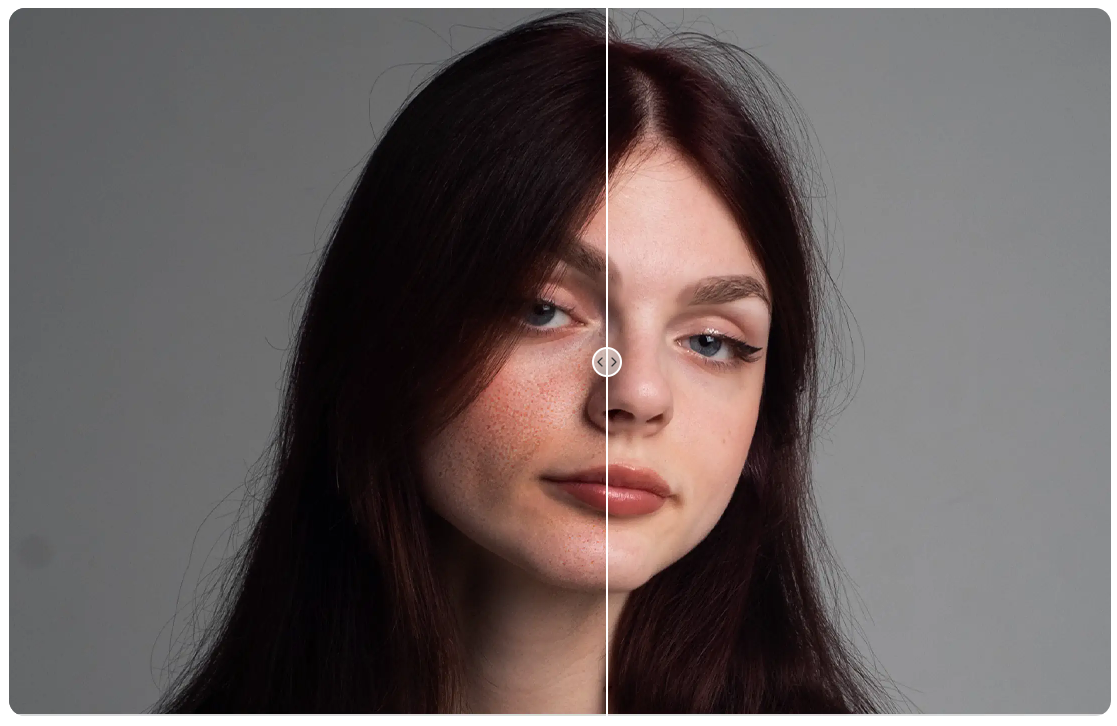As Far As Robotics Technology Has Come
It’s a development in robotics technology that the Spielberg movie Artificial Intelligence perhaps foretold for a period that was a little too far in the future. In the movie, science is seen to create a robot in the form of an adorable little child. The robot in the movie is for childless couples, to help them expend their pent-up affection and caring instincts on. In real life, a little fat robotic creature called Paro with fleece as white as snow, that looks like a cross between a puppy and a baby seal and that is filled with sensors and microprocessor circuitry, is beginning to pop up in places where there are people who are in need of soothing – in a rehab center, an old people’s home, at a children’s hospital. It’s a big, fat teddy-like thing to hug, that really seems to ask for your affection and that seems to appreciate it when you give it some. When its name is called, when it is stroked, when soft comforting words were whispered to it, it responds with appreciation and with cute vulnerable little sounds that would warm anyone’s heart.
The name of the robot is Paro – derived from the first syllables of the terms Personal Robot. It’s one of a bunch of primitive and yet emotionally rewarding little robots that are designed to help and offer companionship to people in need. There are other robots that help humans in other ways too. There is one to help dieters keep to their schedules; there is one that is supposed to be worn by addicts in rehab that can tell when they have their cravings, and give them reassuring and supportive messages. Robotics technology has certainly advanced to a stage where it can help in running the machinery of war, play advanced chess and even perform intricate surgery.
To have one be able to understand even a narrow range of emotional cues and respond appropriately though, is a really big deal even today. These devices are successful because they are used only in situations where caring is what is called for. They’ve had science-fiction stories and movies about just this kind of thing for ages; to have these appear even in rudimentary form in real life is sending science-fiction writers on a new high.
The technology will improve one day, and we certainly will begin to have robots to read a bedtime story to a kid or play with the child or something. But one has to remember, that people have a lot of tolerance for robots only when they are sufficiently primitive. Things that take on a primitive impersonation of humans as cartoons do, find a ready audience. When an animated movie tries very hard to create a character that you’re supposed to accept as actually human, it only creeps you out.



